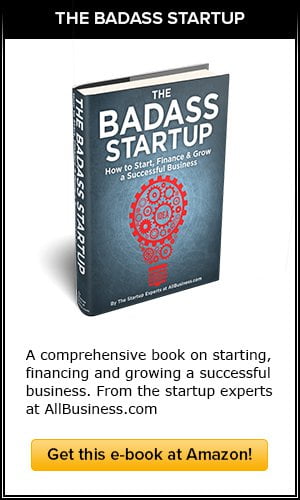
By Mitch Zuklie and Richard D. Harroch
SaaS (Software as a Service) companies, are attracting some of the top talent and funding in technology today. The most notable SaaS companies occupied seven of the top 10 verticals by venture capital deal activity recently, and three of the top 10 by investments. Venture investment is running ahead of last year’s pace, which was more than double the volume of each of the prior three years.
SaaS is being applied to solve all kinds of problems, such as monitoring and security, business intelligence analytics, accounting and finance, healthcare, HR and workforce management, customer relationships, and advertising, sales and marketing. Altogether, revenue for SaaS companies is predicted to grow 17%, generating an $85 billion market.
From an investor perspective, there is a lot that is attractive: scalability, ease of approach, recurring revenue streams, and high gross margins.
So, what does it take to stand out from the pack and get your SaaS company financed? The following is a checklist to help you succeed in raising venture capital, seed, or angel financing.
1. A Great Investor Pitch Deck Is Essential
Raising capital from investors is difficult and time consuming. Therefore, it’s crucial that a SaaS startup absolutely nails its investor pitch deck and articulates a compelling and interesting story.
Here are some pitch deck tips:
- Tell your story in 15 to 20 slides. (If you can’t tell the story with brevity, you can’t tell it well.)
- Explain why the market opportunity is large–and where you fit in.
- Describe the talent on your team. Many investors are skeptical of single-founder startups. While there are notable exceptions, they are rare. Startups are a team sport. SaaS is no different in this regard.
- Where possible, tell your story visually.
- Don’t provide excessive financial details. Hit the key indicators and save the rest for follow-up.
- Don’t try to cover everything in the pitch deck. Your in-person presentation will give you an opportunity to add and highlight key information.
- Use plain English–jargon or acronyms distract from your story.
- Don’t underestimate or belittle the competition.
- Make sure your information and metrics are up to date.
- “Look and feel” matters. Think of it as your investor interface, and consider getting professional graphics help.
- Review other pitch decks for ideas on presentation.
- Be sure to include the following wording at the bottom left of the pitch deck cover page: “Confidential and Proprietary. Copyright (c) by [Name of Company]. All Rights Reserved.” This helps protect your intellectual property.
- Send the pitch deck in a PDF format to prospective investors in advance of a meeting. Relying on Google Drive, Dropbox, or some other online service just puts up a barrier to the investor actually reading it.
For additional guidance, as well as templates, see How to Create a Great Investor Pitch Deck for Startups Seeking Financing.
2. Can You Get Angel Investors for Your SaaS Startup?
Angel investors invest in early stage or startup companies in exchange for an equity ownership interest. The typical angel investment is $25,000 to $200,000 but can go much higher.
- Angel investors particularly care about the quality of the management team and how big the market opportunity is.
- Angel investors want to understand the big problem you are attempting to solve. They like to see a clearly articulated elevator pitch for the business, an executive summary or slide pitch deck, a beta version of the SaaS offering, evidence of early traction, and support as to why there will be a large demand for the service.
- Angel investors run the gamut from friends and family to professional angel investors.
- You can find angel investors through attorneys, other entrepreneurs, angel investor networks (such as AngelList), venture capitalists, investment bankers, and crowdfunding sites like Kickstarter and Indiegogo.
- Don’t bother asking angel investors to sign a non-disclosure agreement—most won’t do it, and it will only slow down the process.
There are a number of good articles on the subject of angel investing, including:
3. Venture Financing for SaaS Startups
After a round of angel financing, SaaS startups often seek the financing and support of a venture capital firm. VC firms provide capital; strategic assistance; introductions to potential customers, partners, and employees; and much more. In exchange, venture investors will typically obtain a preferred equity position in the company, seats on the Board of Directors, veto rights, anti-dilution rights, and a say in how the business is to be run.
